
Introduction of Ancient Festivals of Iran
In this article, we provide a comprehensive list of Iran’s ancient festivals, including their dates, origins, and cultural significance. These festivals not only highlight the rich heritage of Persia but also showcase the deep connection between the Iranian people and their traditions. Join us as we explore the fascinating history behind these timeless celebrations.
List of Ancient Festivals of Iran
Here’s a more detailed list of ancient Iranian festivals, including brief descriptions of each celebration:
| Festival Name | Date (Persian) | Date (Gregorian) | Short Description |
|---|---|---|---|
| Khordadgân | 6th Khordad | May 27 – June 16 | A celebration of gratitude to God and completeness, where people would gather near rivers and exchange flowers. |
| Bahmanagân | 2nd Bahman | January 22 – February 10 | Celebrated on the second day of the month of Bahman; later modified to Bahmanjana. |
| Sepandarmazgân | 5th Esfand | February 24 – March 16 | A festival of love and the honoring of women in ancient Persia. |
| Farvardingân | 23rd Ordibehesht | May 13 – June 2 | Festival for the Forouhar (souls of the righteous). |
| Jašne Mehregân | 27th Mehr | October 19 – November 8 | Festival of Mihr (Mehr), a day of thanksgiving dedicated to the highest angel, Mithra. |
| Nowruz | 1st Farvardin | March 20 – 21 | The Persian New Year, marking the first day of spring. |
| Khordad Sal | 21st Khordad | June 11 – 30 | Birthday of the prophet Zoroaster. |
| Zartosht No-Diso | 25th December | December 25 | The anniversary commemorating the death of the prophet Zoroaster. |
| Azargân | 26th Aban | November 17 – 18 | Fire festival commonly held by Zoroastrians in their fire temples. |
| Abanegân | 22nd Aban | November 13 – 14 | A celebration dedicated to the goddess Anahita (Naheed). |
| Chaharshanbe Suri | Last Wednesday of the year | March 15, 2023 (varies annually) | Festival celebrated on the last Wednesday of the year, involving fire and purification rituals. |
| Yalda Night | 30th Azar | December 20 – 21 | The longest night of the year, celebrated with storytelling, fruits, and gathering around a fire. |
| Meyregan | 16th Mehr | October 8 – 29 | A festival celebrating harvest, agriculture, and honoring the goddess Mehr. |
Interesting Facts About Ancient Iranian Festivals
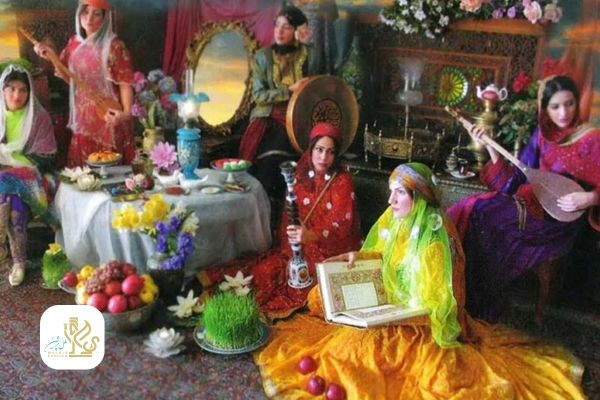
Here are some interesting points and differences regarding the ancient Iranian festivals listed in the table:
Jašne Mehregân and Meyregan are two distinct festivals:
- Jašne Mehregân is dedicated to the worship of Mithra (Mehr) and celebrates the harvest. It is also known as the Festival of the Sun.
- Meyregan focuses on agriculture and honoring the goddess Mehr. Although some consider them similar, these two festivals are distinct in meaning and characteristics.
Nowruz and Khordadgân have different meanings:
- Nowruz is the celebration of the Persian New Year and the first day of spring, celebrated on the 1st of Farvardin.
- In contrast, Khordadgân is a celebration of gratitude to God for completeness and divine blessings, observed on the 6th of Khordad.
Chaharshanbe Suri and Sadeh are similar but held at different times:
- Chaharshanbe Suri takes place on the last Wednesday of the year and involves fire and purification rituals.
- Sadeh is celebrated on the 10th of Bahman and focuses on fire and light during winter, 100 days before Nowruz.
Azargân and Abanegân: Two festivals related to fire and nature:
- Azargân is a fire festival commonly held by Zoroastrians in their fire temples.
- Abanegân is dedicated to Anahita (Naheed), the goddess of water and nature, celebrating the protection of natural elements.
Tirgan and Jašne Tiregân: Similar festivals with different meanings
- Tirgan is dedicated to the god Tir and celebrates the summer rains and the star Sirius.
- Jašne Tiregân is specifically observed on the 5th of Tir and is linked to Tishtrya, the angel of rain and the star Sirius.
Zartosht No-Diso:
is observed on December 25th, commemorating the death of Prophet Zoroaster. This festival often coincides with Christian Christmas celebrations but holds a distinct significance in Zoroastrian tradition.
These points help highlight the unique aspects and differences of each ancient Iranian festival.
Conclusion: Ancient Iranian Festivals

Ancient Iranian festivals reflect the country’s rich cultural heritage, rooted in Zoroastrian beliefs and Persian traditions. These celebrations honor various aspects of life, such as nature, fire, and the divine. While some festivals may appear similar, each has its own unique significance, like the differences between Jašne Mehregân and Meyregan. Understanding these festivals helps preserve Iranian culture and reveals the deep connection between ancient Iranians and the natural world.
If you’re interested in the history of Iran, this article could be useful for you:




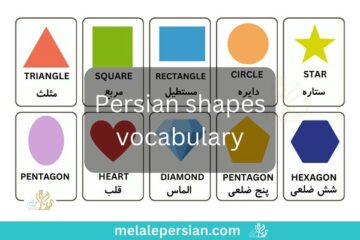
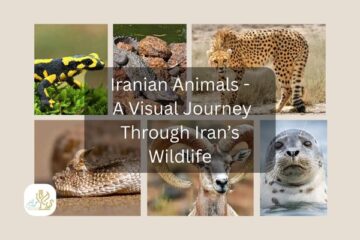



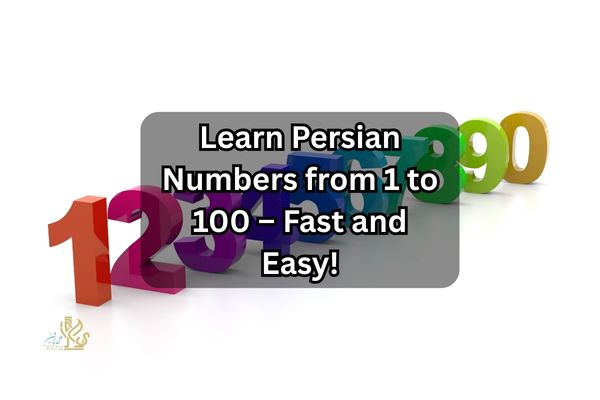
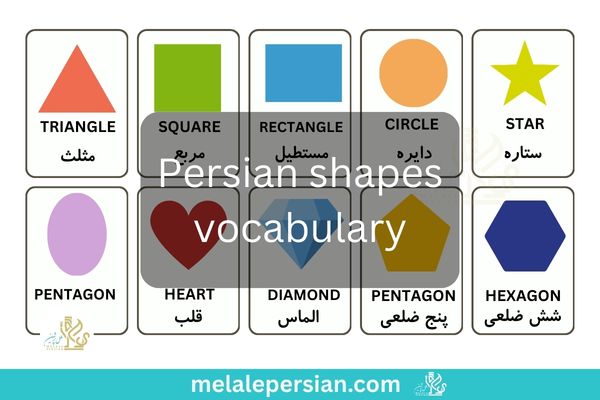
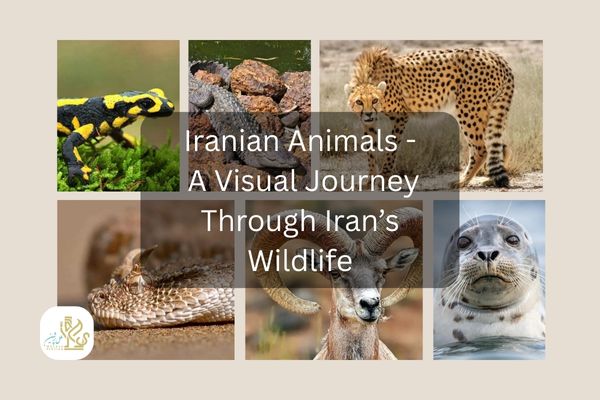
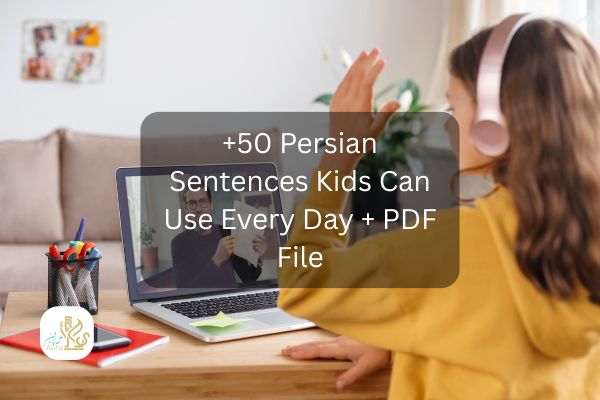
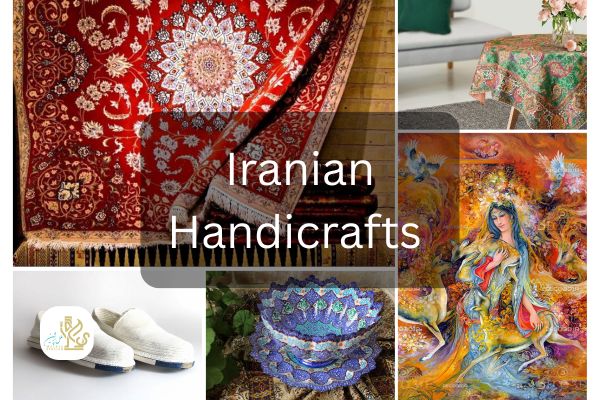
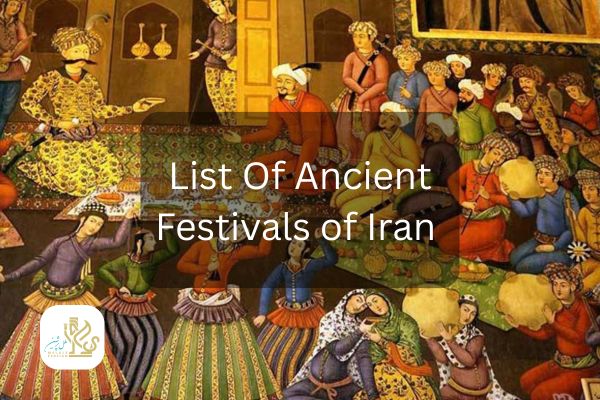



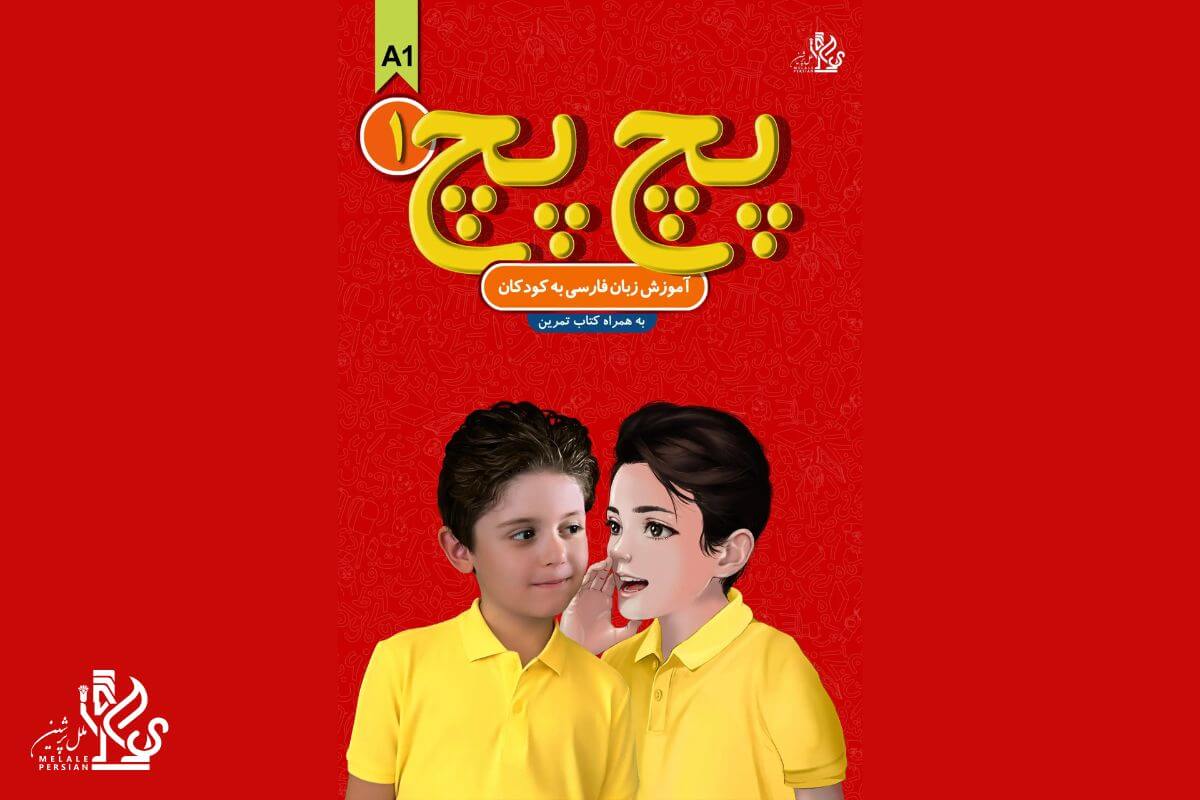

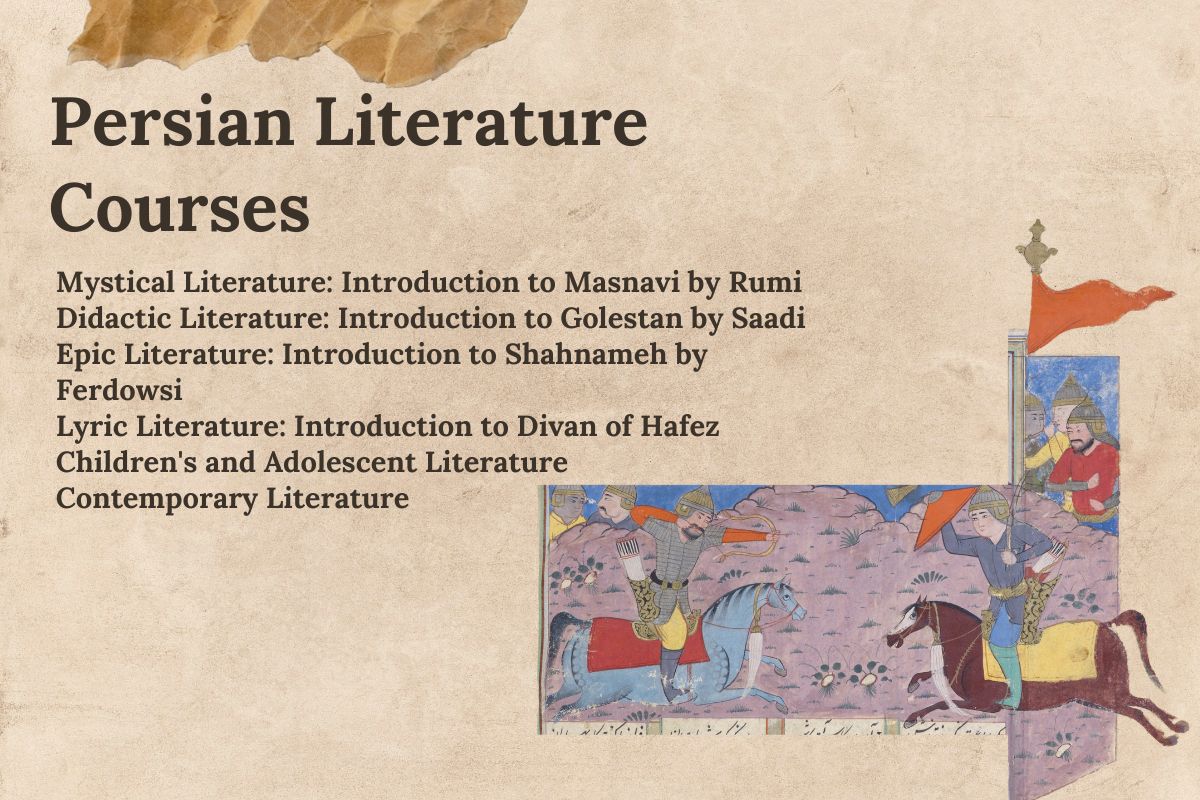
Hola! I found the “Azargan” festival very intriguing. Fire plays a central role in many cultures, but it seems especially significant in Zoroastrianism. Are there any unique stories or legends associated with Azargan that are passed down through generations?
Yes, fire holds a central and sacred role in Zoroastrianism. Azargan is a celebration dedicated to honoring fire, which is seen as a pure and divine element. There are some ancient stories related to fire worship in Zoroastrian culture, with myths about the creation of fire and its spiritual significance. It’s also a time for reflection on the importance of light and purity, both symbolically and spiritually.
This article was very enlightening! I was curious about the “Zartosht No-Diso” festival. Since it coincides with Christmas, do Zoroastrians face any challenges in maintaining their distinct traditions during this time? Also, how do they commemorate this day in countries where Zoroastrianism is less known?
Zartosht No-Diso marks the death of Zoroaster, the prophet of Zoroastrianism. While it coincides with Christmas, there’s no direct conflict. Zoroastrians maintain their traditions through prayers, rituals, and family gatherings. In countries where Zoroastrianism is less known, the community may celebrate in private or small gatherings, sometimes with shared meals and remembrance rituals. It’s a solemn occasion to honor the founder of their faith.
Thank you for sharing this detailed list! I found the “Sepandarmazgan” festival particularly interesting because it honors women. How is this festival celebrated today, and do modern Iranians still recognize its original meaning? It seems like such a unique and progressive tradition compared to other ancient festivals.
Sepandarmazgan is a beautiful festival that honors women, celebrating their strength and kindness. Today, it’s mostly celebrated through small family gatherings and gestures of appreciation toward women. While its deeper spiritual significance may be less widely known today, many Iranians still celebrate the day, exchanging gifts or showing kindness to the women in their lives. It’s a unique and thoughtful tradition that highlights respect for women in a meaningful way.
Hello, I’m from China and have a deep interest in Persian culture. I was particularly intrigued by the “Yalda Night” celebration. How do modern Iranians balance traditional storytelling with contemporary lifestyles during this festival? Also, are there any specific foods that are a must-have during Yalda? It seems like such a cozy and meaningful tradition!
Yalda Night is all about family, warmth, and togetherness. Modern Iranians celebrate it with traditional storytelling, poetry, and food. While the essence of the festival remains the same, it’s adapted into contemporary life by incorporating modern storytelling and socializing. Foods like watermelon, pomegranate, nuts, and sweets are essential parts of the Yalda Night celebration, symbolizing life, warmth, and good health. It’s indeed a cozy tradition, filled with meaning and joy.